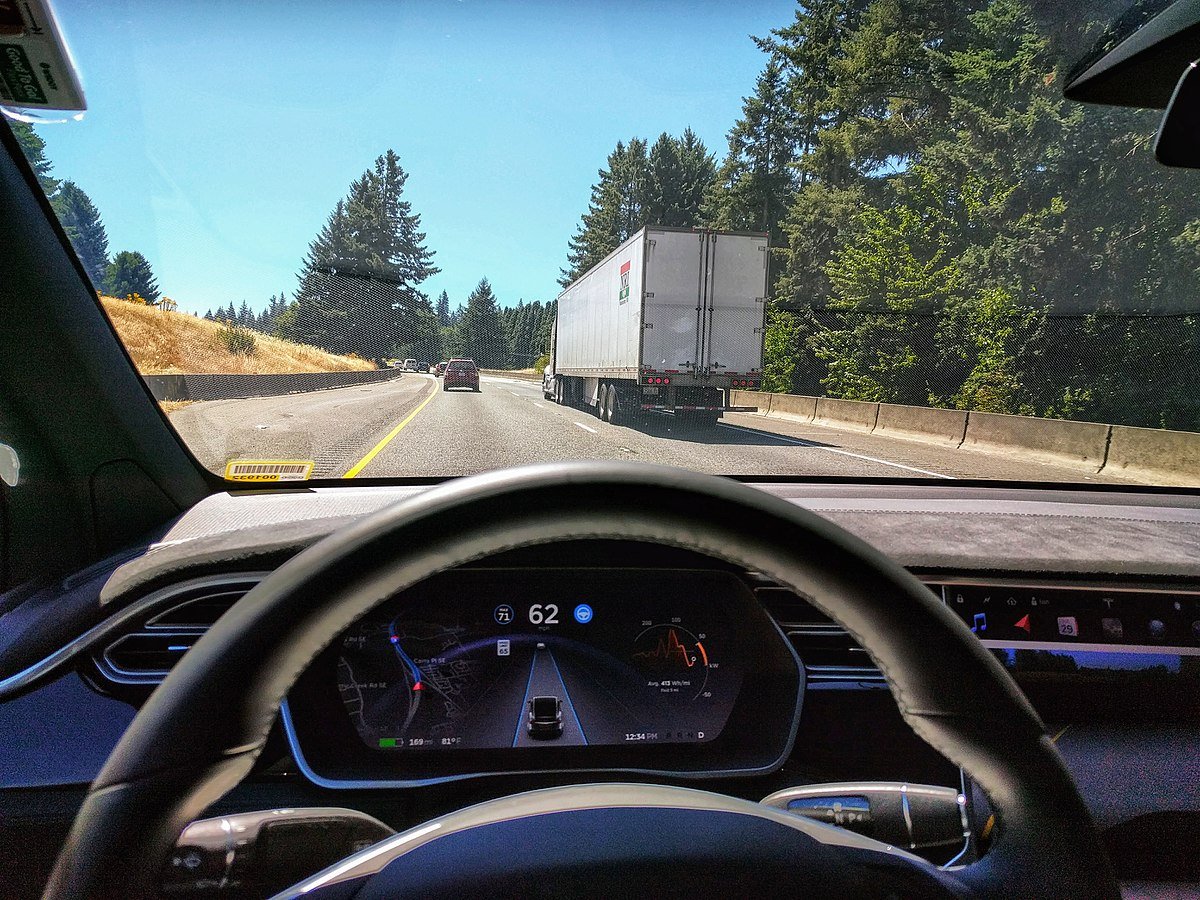Self-driving cars have long been a staple of science fiction, appearing in movies, television shows, and books. However, in recent years, they have become a reality, with major automakers and tech giants investing heavily in autonomous vehicle technology. While there are still concerns about safety and regulation, self-driving cars have the potential to revolutionize the way we commute and transform the automotive industry. In this article, we will explore the current state of self-driving cars and the potential impact they could have on our society.
What are Self-Driving Cars?
Self-driving cars, also known as autonomous vehicles, are vehicles that can navigate and operate on roads without human intervention. They use a combination of sensors, cameras, and artificial intelligence to detect and respond to their surroundings. Self-driving cars are designed to improve safety, reduce traffic congestion, and provide greater mobility for individuals who cannot drive due to age or disability.
The Current State of Self-Driving Cars
While self-driving cars are still in the testing phase, there have been several successful trials of autonomous vehicles on our roads. Major automakers such as Tesla, Ford, and General Motors, as well as tech giants like Google, are investing heavily in autonomous vehicle technology. Tesla’s Autopilot system, which is currently available on their vehicles, allows for limited self-driving capabilities, including automatic lane changes and parking.
However, there have also been several high-profile accidents involving these cars, which has led to concerns about safety. In 2018, an Uber self-driving car struck and killed a pedestrian in Arizona, leading to a halt in Uber’s testing of autonomous vehicles. While these cars are designed to be safer than human drivers, accidents can still occur, and there are concerns about the ability of autonomous vehicles to detect and respond to unexpected situations on the road.
The Potential Impact
Self-driving cars have the potential to revolutionize the way we commute and live our lives. Here are some of the ways they could impact our society:
- Improved Safety: Expected to reduce the number of accidents on our roads by eliminating human error, which is the leading cause of accidents. According to a study by the National Highway Traffic Safety Administration, 94% of accidents are caused by human error.
- Increased Mobility: Provide mobility to people who are unable to drive due to age or disability, improving their quality of life. Self-driving cars could also provide greater access to transportation in rural areas where public transportation is limited.
- Reduced Traffic Congestion: Can communicate with each other and optimize routes, reducing traffic congestion and travel time. This could have a significant impact on reducing the carbon footprint of transportation and improving air quality.
- Environmental Benefits: Self-driving cars can be designed to be more efficient, reducing fuel consumption and emissions, leading to a cleaner environment. Autonomous vehicles can also be designed to be electric, reducing our dependence on fossil fuels.
- Economic Impact: Could create new jobs in the technology and automotive industries, while also reducing the cost of transportation. With fewer accidents on our roads, there could also be a decrease in healthcare costs associated with car accidents.
The Future
Self-driving cars are already on the roads in some parts of the world, but their widespread adoption is still a long way off. There are still many technical, regulatory, and ethical challenges that need to be overcome before these vehicles become a common sight on our roads.
One of the biggest challenges is the need for better infrastructure. Self-driving cars require highly detailed and up-to-date maps, as well as communication networks that can support real-time data exchange. Developing these systems will require significant investment and coordination among governments, car manufacturers, and technology companies.
Another major challenge is regulatory. Governments will need to establish rules and standards for the operation of these cars, including issues like liability in the event of an accident. There will also need to be guidelines for how these vehicles interact with traditional cars and pedestrians on the road. Despite these challenges, the potential benefits of self-driving cars are too significant to ignore.



